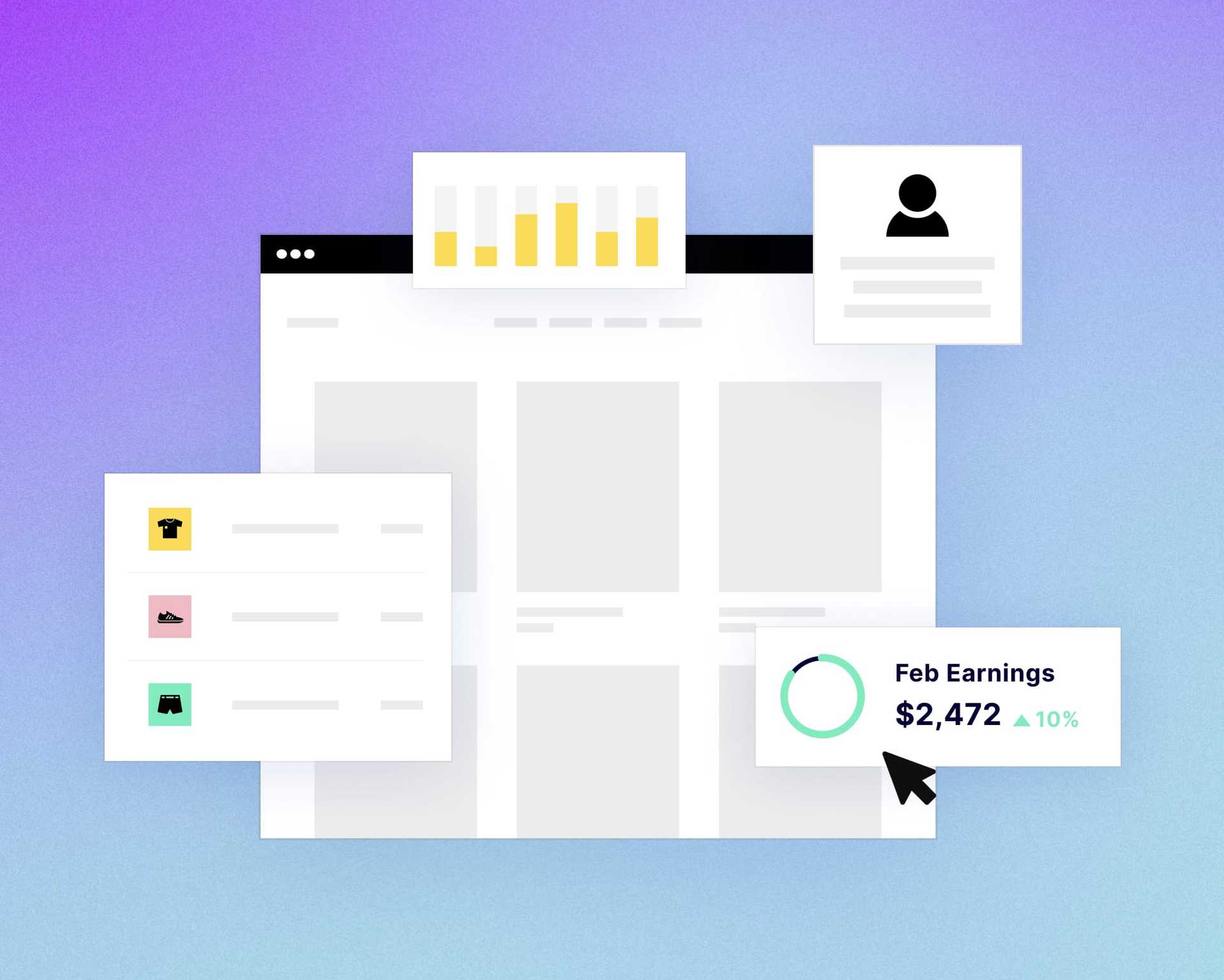When it comes to running a profitable ecommerce business, it’s essential to have a solid grasp of the data your store is generating. Shopify reports provide a handy overview of performance, and can give valuable insight into areas where there’s potential room for improvement over time.
As a busy ecommerce professional, time is often at a premium – you need to ensure that your reporting is precise and efficient, giving you a clear impression of where you’re at (and where you’re headed) in terms of your store’s success.
With all this in mind, here are five ideas to help lick your reporting into optimum shape.
Reporting is such a valuable component of modern ecommerce, but to get the most back, you need to make sure you’ve configured things to your precise personal preference. We hope these tips give you some inspiration when it comes to getting to grips with your reports, and the data that holds the key to your Shopify store’s continued success.
1. Schedule Time For Regular Analysis
In the busy day to day of ecommerce enterprise, it’s easy to let the pressing “task in hand” overshadow the less urgent (but no less important) analysis that can lead to long term business growth. We’d suggest ring-fencing a little time in your calendar, firing up the coffee machine and sitting down to get a good handle on your reporting on a regular basis. The timing is down to you; a short blast each morning, a deeper weekly dive or a really thorough monthly session – find the cadence that works for your own unique patterns of working. Consistency pays off here. By digging into your data on a regular basis, you’ll find that you’re much better attuned to patterns, changes and opportunities. By committing this time to your reporting, you’ll shift from a reactive to a proactive mindset. Rather than turning to the data for answers when things aren’t going as well as you’d hoped, you’ll be able to leverage a more informed view of your business to keep one step ahead, putting real plans for growth in place.2. Make Full Use Of Your Shopify Reports
As a Shopify merchant, you have access to a wide range of analytic reports, automatically generated and housed within your admin. Many merchants won’t dig beyond the Shopify overview dashboard, which gives a handy but top-level snapshot of your store’s performance. Take time to think about what it is you’d really like to know when it comes to what’s making your store tick. You can then decide which of the more detailed reporting tools are going to give you the best return on investment of your attention. Sometimes it can pay to think laterally. For example, if you’re looking to get a better handle on your promotional efforts, digging into Behaviour may prove just as fruitful as the Marketing report. Amongst many other things, this gives you valuable insights into the way that your customers are interacting with your on-site search. Trending keywords here can inform the way you name and label your products to ensure easy discovery (while popular search terms that bring up no results might inform your future stocking strategy!)3. Get Tactical With Google Ecommerce Analytics
Google Ecommerce Analytics can be something of a rabbit hole; with so much power and possibility, it’s easy to get a little wide-eyed and frozen in the headlights. It can feel hard to know how to turn so much data into tangible action and improvement. Because of this, again, we recommend going in with a clear game plan – looking to answer predefined questions, as opposed to window shopping for insight. Getting a solid understanding of your customer’s journey is an area where Google Analytics really comes into its own. The Behaviour Flow Chart gives you a clear indication of which point in your sales funnel is haemorrhaging customers. Whether you’re losing conversions at first, second or third engagements, you’ll get a clear indication of where your store’s weak spot lies.4. Work With A Dashboard
At Ablestar, we love productivity tools, and dashboards are up there with the best when it comes to getting clear overviews into our stores, without having to dig deep into endless scattered reports. Dashboard tools such as Klipfolio integrate with hundreds of different platforms, tools and apps to create a single “source of truth” for your data. This means that you can carefully and thoughtfully curate your dashboard, to display the metrics that really matter to you and your business. Free yourself from needing to consult, cross-reference and compare multiple sources of information, and build a smart overview that can keep you informed and accountable in an efficient and visually appealing way.5. Consolidate Your Reporting Via Email
Email reports can be a really valuable tool when it comes to tracking your store’s key performance metrics, providing succinct overviews in an easily digestible format. Again, the key to getting the most out of this tactic is working in a way that suits your own unique preferences and needs. Ablestar’s Email Reports application is fully customisable to allow daily, weekly or monthly updates. You can even specify the precise day and hour that you’d like them to land in your inbox (handy if you’ve taken our first tip to heart and blocked out your calendar!) From top-selling products through to month on month customer numbers, each email report is designed to look great on desktop or mobile, so you can keep up with your store’s progress on the go if needs be.Reporting is such a valuable component of modern ecommerce, but to get the most back, you need to make sure you’ve configured things to your precise personal preference. We hope these tips give you some inspiration when it comes to getting to grips with your reports, and the data that holds the key to your Shopify store’s continued success.
